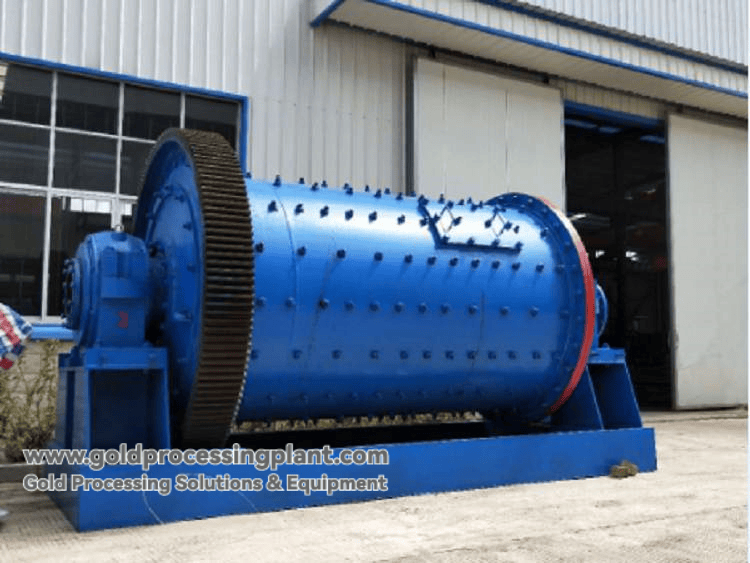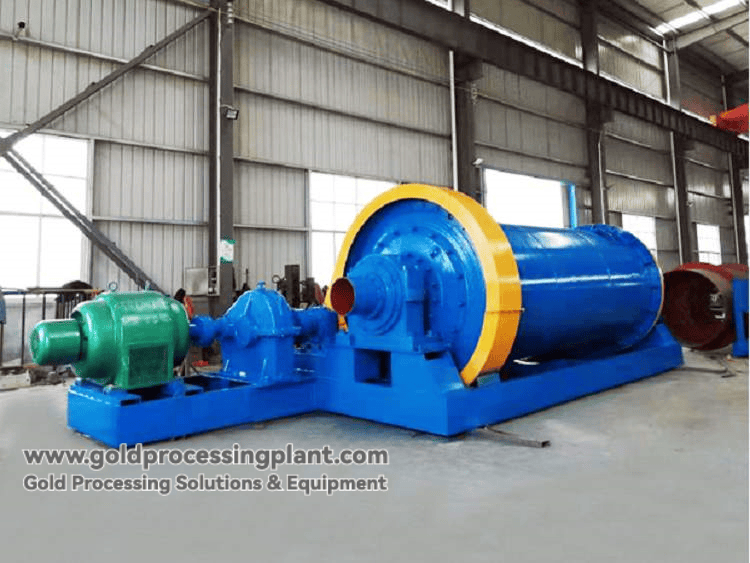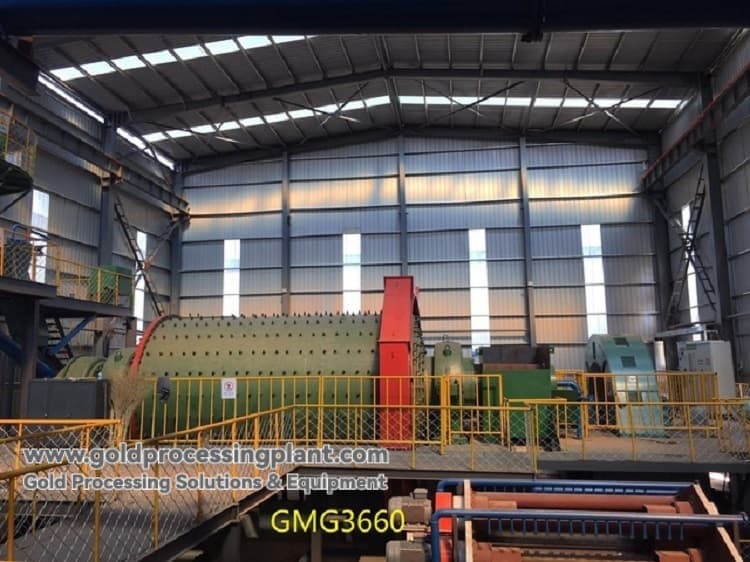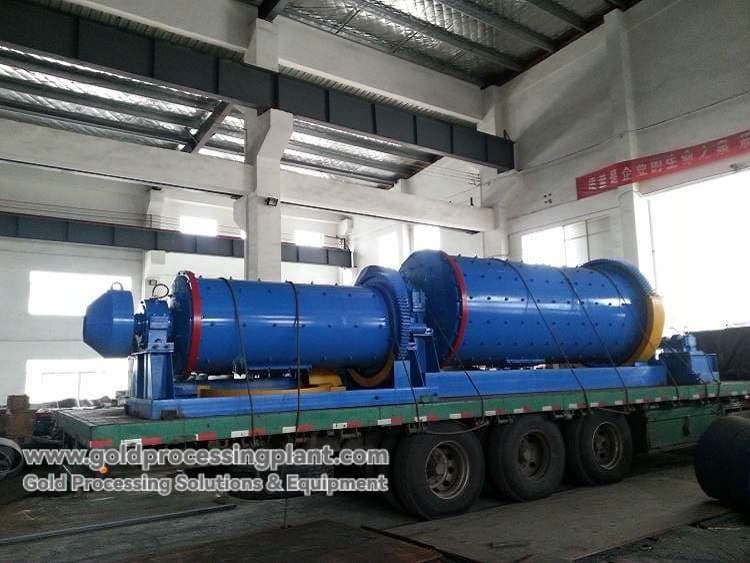Ball Mill Overview
Ball mill is the key equipment for crushing and grinding materials after preliminary crushing by crushing equipment. It drives the internal grinding media (such as steel balls) to impact and grind the materials through the rotating cylinder, so as to grind the materials into very fine powder.
Ball mill is extremely widely used, it is the core equipment of many industries such as mineral processing, building materials, chemical industry, electric power, metallurgy, etc. It can be used to grind various kinds of ores, cement clinker, silicate products, new building materials, refractory materials, fertilizers and other grindable materials. Its working mode can be divided into two types: dry grinding and wet grinding.
Ball Mill Working Principle
Ball mill is a horizontal cylindrical rotating device. The materials are evenly fed into the first bin of the mill from the feeding device through the hollow shaft.
The cylinder is equipped with steel balls of different specifications as grinding media. When the cylinder rotates under the drive of the transmission device, centrifugal force is generated, which lifts the steel balls to a certain height and then throws them down or cascades them down due to its own gravity. The falling steel ball produces strong impact crushing and grinding stripping effect on the material in the cylinder.
After rough grinding in the first bin, the material enters the second bin through a single layer of bulkhead. The bin is usually equipped with smaller steel balls, the material for further fine grinding. Finally, the powder that meets the fineness requirements is discharged through the discharge grate plate (lattice type) or overflow from the discharge end (overflow type) to complete the grinding operation.
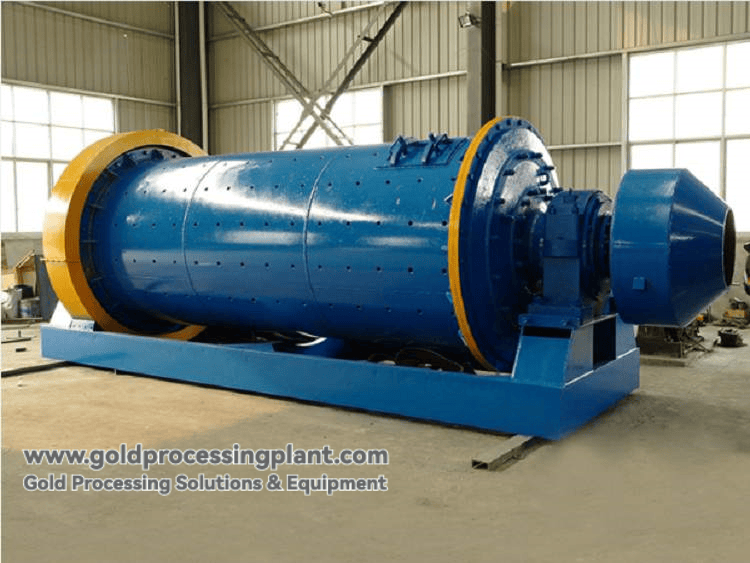
The main structure and characteristics of ball mill
1. Main components:
-
Feeding section: responsible for feeding materials into the mill evenly.
-
Discharge section: including discharging grate plate (lattice type) or hollow shaft (overflow type), used for discharging the products after grinding.
-
Rotary section: the core part, including the cylinder, hollow shaft, lining plate, etc. The cylinder is equipped with wear-resistant lining plate. Wear-resistant liners (e.g. stepped liner, corrugated liner, flat liner) are embedded in the cylinder body to protect the cylinder body and enhance the grinding efficiency.
-
Transmission section: usually consists of motor, reducer, pinion gear, large gear, etc., which drives the cylinder to rotate. This machine adopts outer edge gear transmission method.
2. Main features:
-
Strong adaptability: dry or wet production, continuous operation, large processing capacity.
-
Large crushing ratio: up to 300 or more, and the product fineness is easy to adjust.
-
Sturdy structure, reliable operation: the hollow shaft is made of cast steel, the big gear is made of casting hobbing processing, the key parts are good wear resistance, the whole machine runs smoothly and works reliably.
-
Good sealing: it can be operated under negative pressure to prevent dust from escaping.
-
Diversified classification: according to the discharge method, it is mainly divided into lattice-type ball mill (forced discharge, larger capacity) and overflow-type ball mill (natural overflow, finer products).
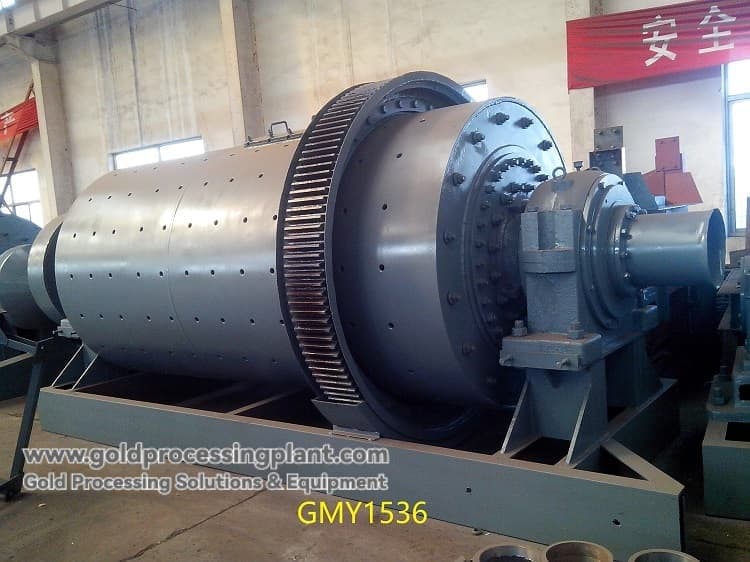
Summary and application
Ball mill is one of the most important grinding equipment in modern industry. Its mature technology, wide applicability and stable operation make it play an irreplaceable role in the field of mineral processing (grinding ore finely to dissociate useful minerals) and building materials (production of cement, ceramics, etc.).
The lattice type ball mill (such as the model you described) is more focused on coarse and fine grinding with large capacity and high efficiency; while the overflow type ball mill is more suitable for regrinding operation which requires finer product size. Users can choose the most suitable type according to the specific process requirements and product size.
